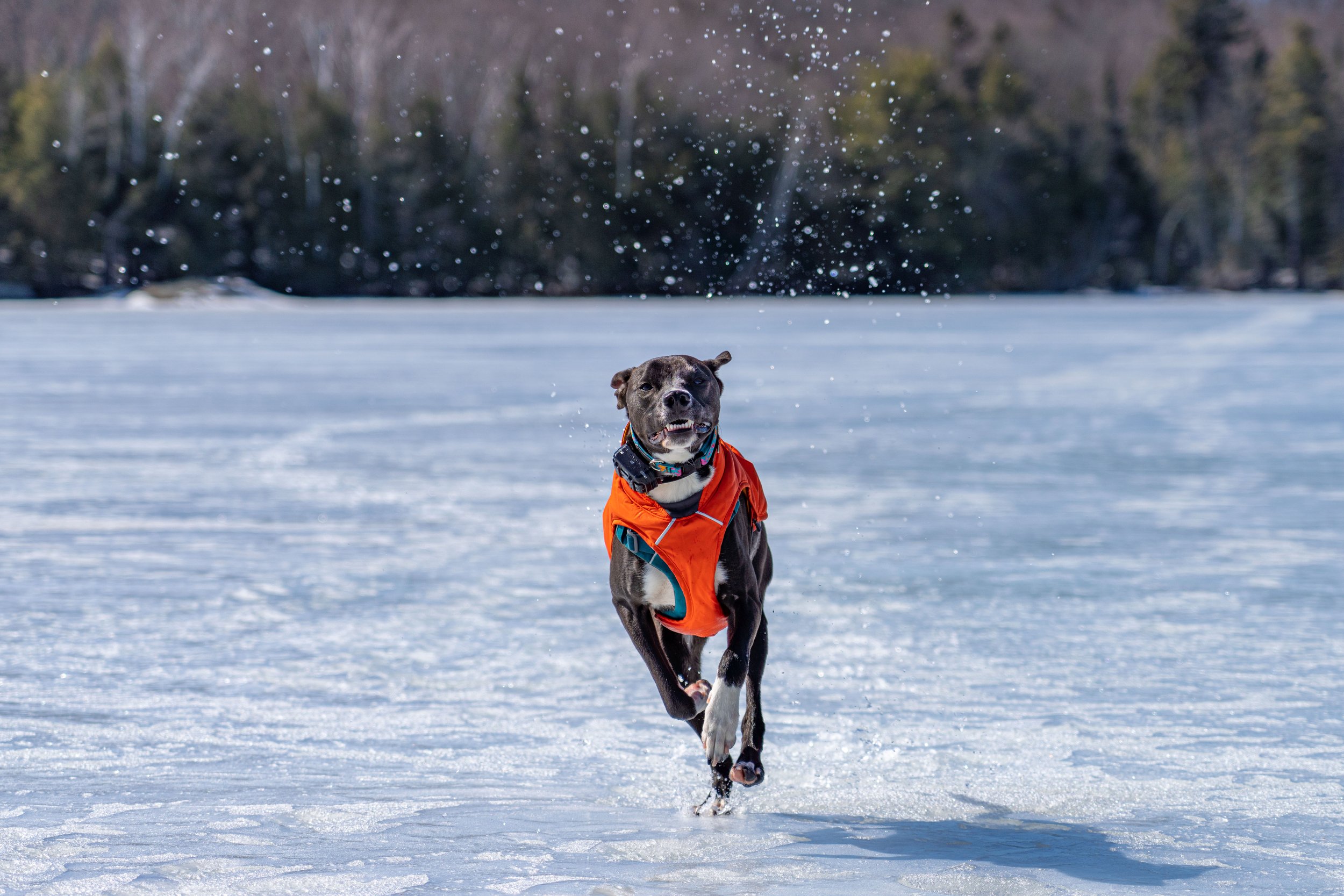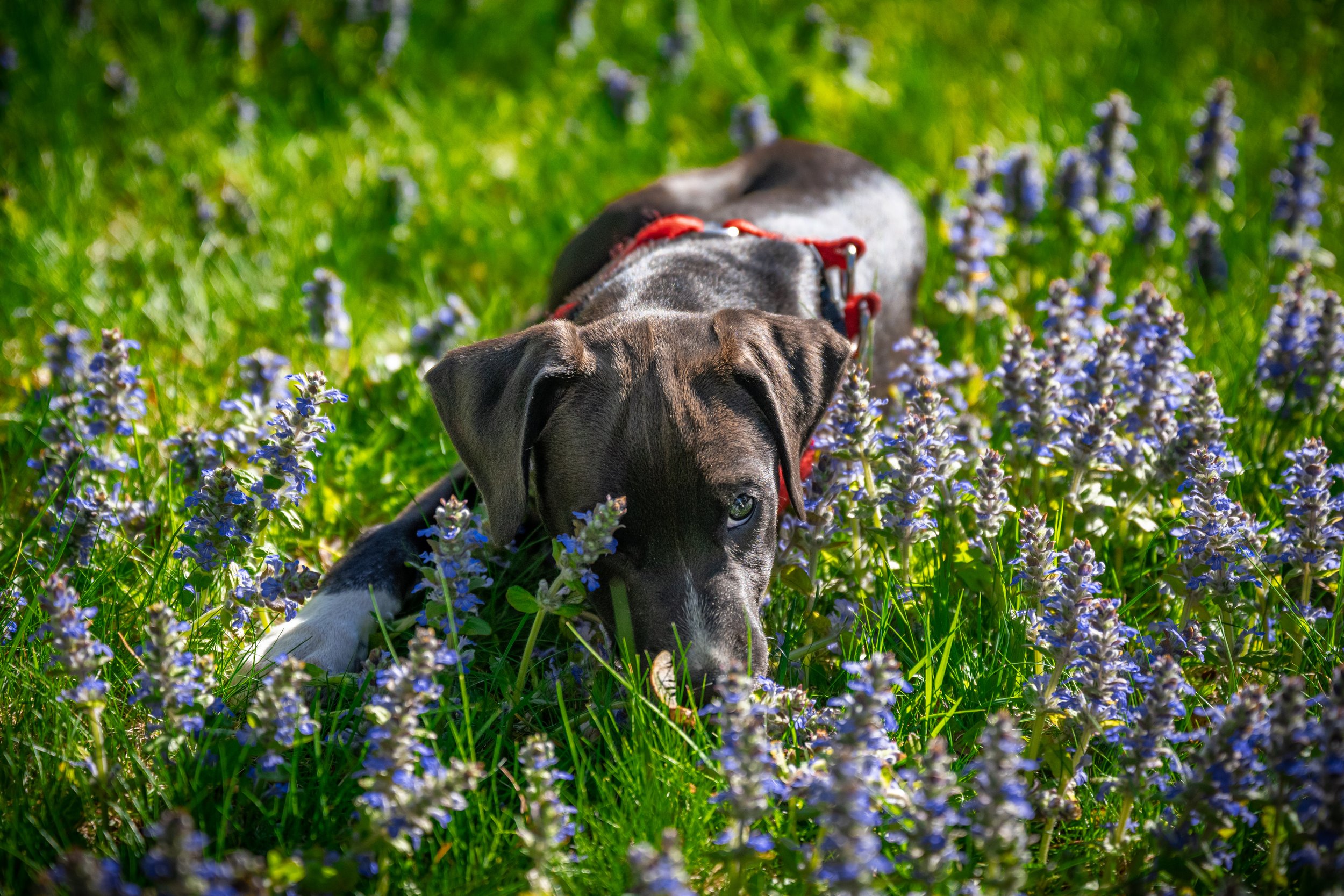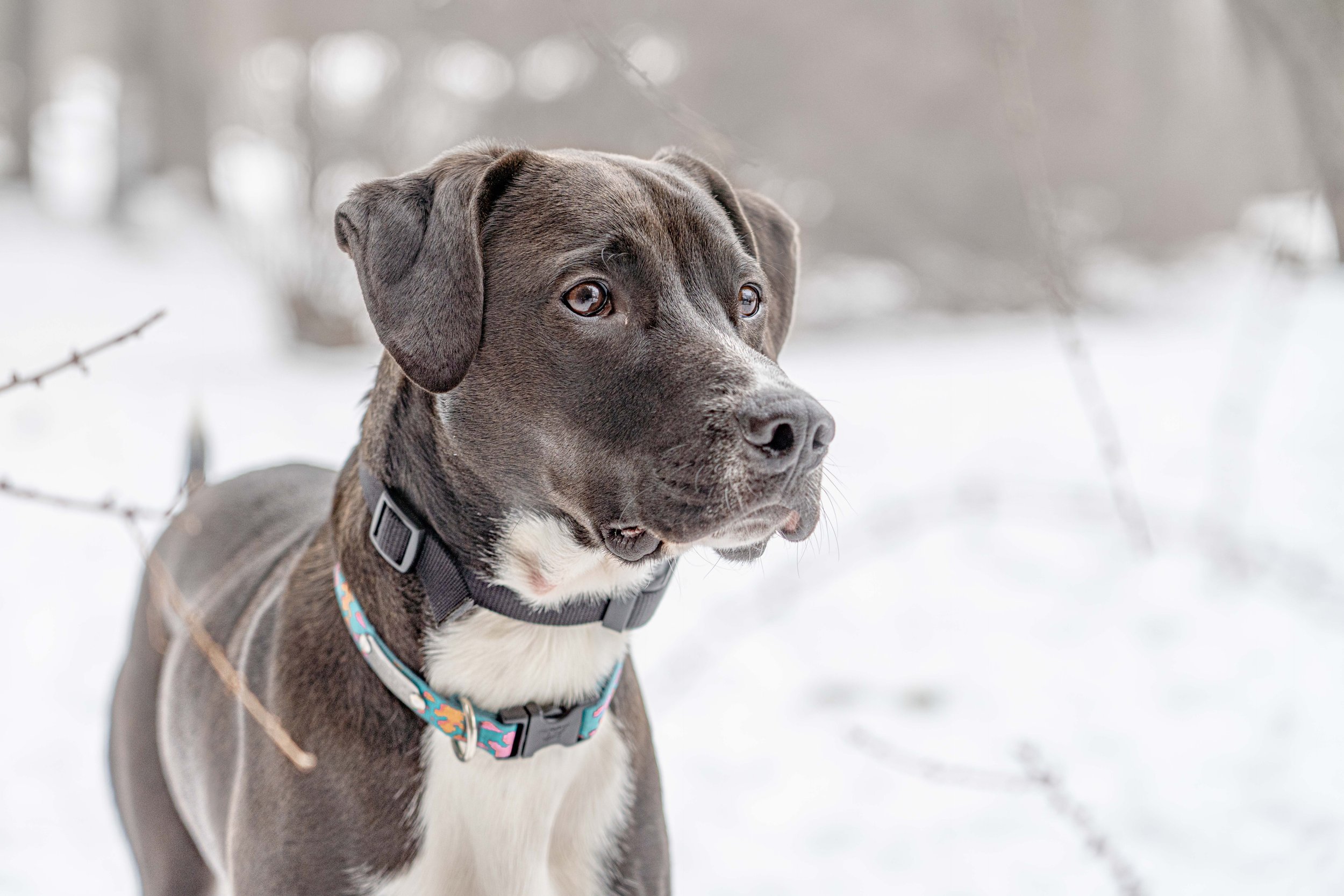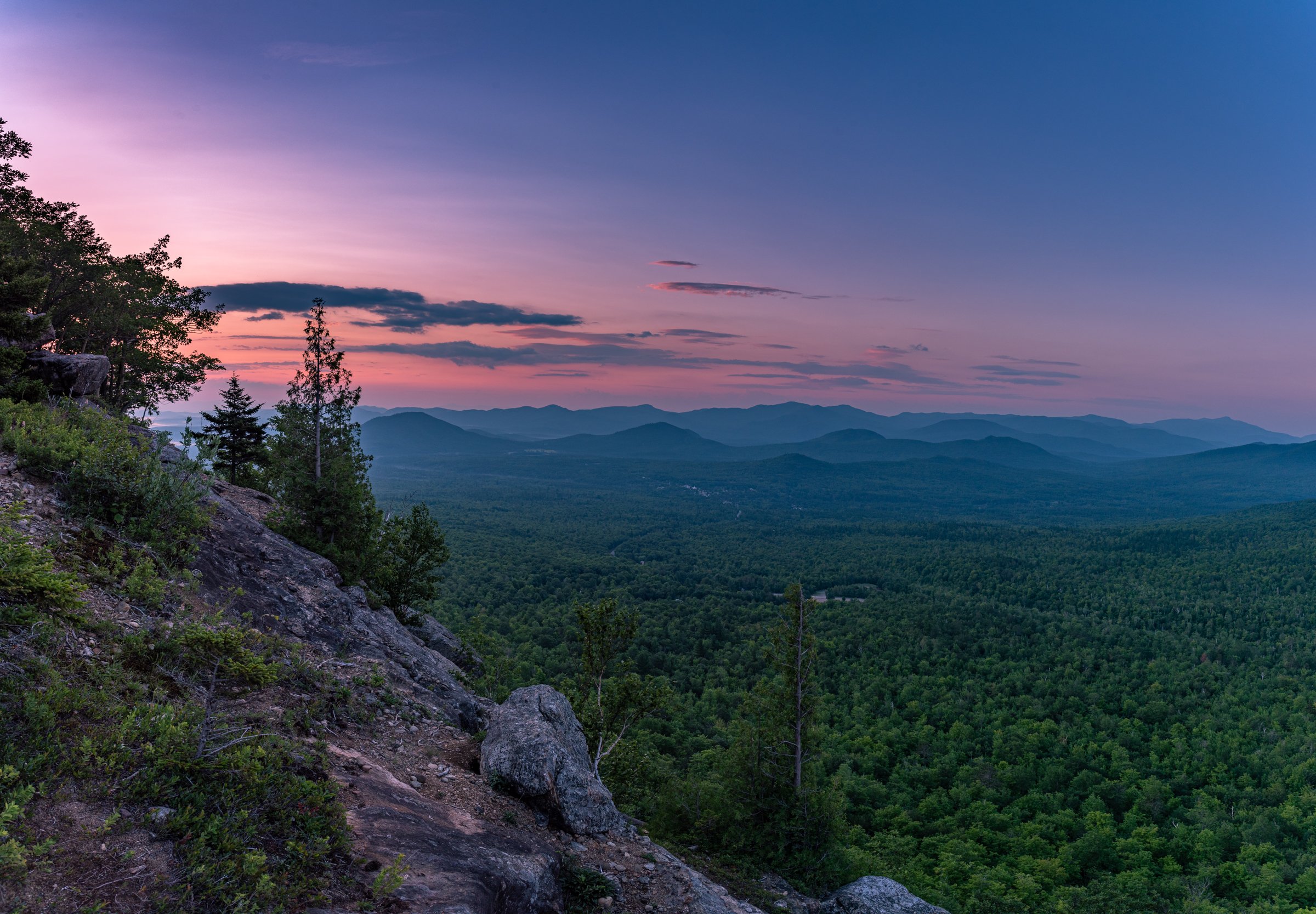Day 1,693
Nico and I went for a jaunt through the woods this afternoon. I’m unsure which of us gets more enjoyment from these excursions. He loves running through the forest, sniffing all the tracks and exploring. I love watching him zoom around. I give him a lot of latitude to run and explore. Every five minutes or so, he comes running back to check in with me.
Many thanks to my Patreon supporters for making this series possible. Support through Patreon allows me to focus on projects like this.
Gear Used For This Shot
This blog is reader-supported; I may earn an affiliation commission when you buy through links on this site.
Dog Gear
Check out our favorite dog gear, toys, and treats.









There are a lot of camera-carrying systems on the market. If you want to attach your camera to a backpack, you’ve likely come across the Peak Design Capture Clip. But there is a lesser-known product out there that is way more versatile: the Ulanzi Falcam system.